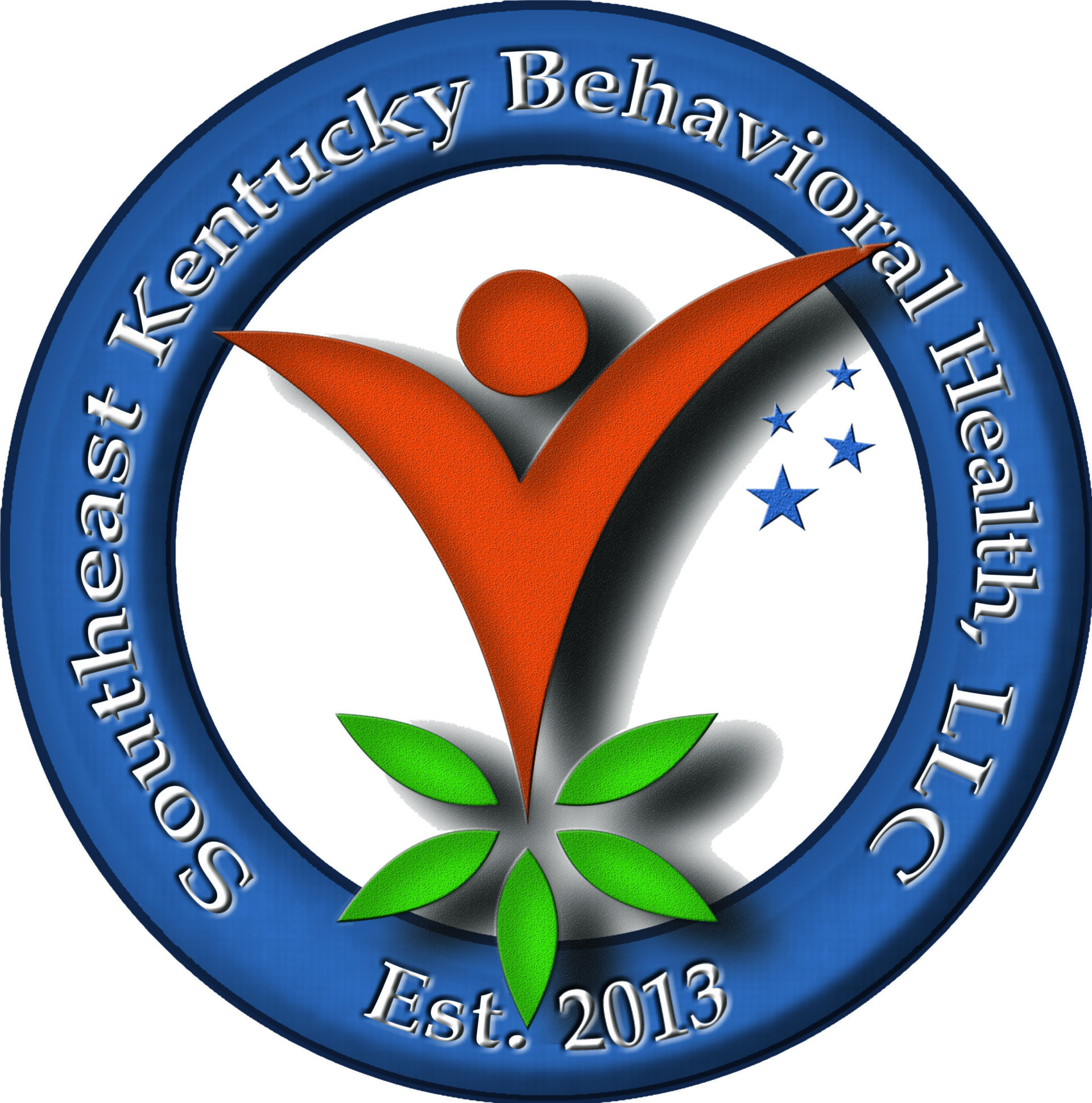Telling Your Child “No” Without a Good Explanation

The word “no” is an essential part of parenting, helping children understand boundaries, safety, and appropriate behavior. However, simply saying “no” without offering an explanation can lead to frustration, confusion, and resistance from children. Research in developmental psychology and child behavior suggests that explaining the reasoning behind a “no” can foster better communication, cognitive development, and emotional regulation in children (Grolnick et al., 2007).
This article explores the importance of providing explanations when setting boundaries for children and how this approach can benefit their emotional and cognitive growth.
The Psychology Behind “No”
Children are naturally curious and seek to understand the world around them. When a parent tells a child “no” without an explanation, the child may not grasp the reasoning behind the restriction. This lack of understanding can lead to:
- Increased frustration and defiance (Baumrind, 1991)
- Reduced trust in parental guidance (Grusec & Goodnow, 1994)
- Impaired problem-solving and decision-making skills (Deci & Ryan, 1985)
On the other hand, when parents provide an explanation, it allows the child to process the logic behind the rule, making them more likely to accept and internalize it (Smetana, 2011).
The Benefits of Explaining “No”
1. Encourages Critical Thinking and Decision-Making
Explaining “no” helps children develop reasoning skills. For example, if a child asks to eat candy before dinner, simply saying “no” may lead to frustration. Instead, saying, “We need to eat healthy food first so that your body gets the right nutrients. After dinner, you can have a small treat,” teaches the child about nutrition and decision-making (Piaget, 1952).
2. Reduces Defiance and Power Struggles
Children are more likely to comply when they understand the logic behind a rule. Research on authoritative parenting shows that children raised with explanations and open discussions are less likely to exhibit defiant behaviors than those raised with authoritarian approaches (Baumrind, 1991).
3. Strengthens Parent-Child Relationships
A child who receives explanations for parental decisions feels respected and valued. This approach fosters a stronger, more trusting relationship between parent and child, encouraging open communication and cooperation (Grolnick et al., 2007).
4. Teaches Emotional Regulation and Empathy
When parents explain the reasons behind restrictions, children learn to regulate their emotions and consider others’ perspectives. For example, saying, “You can’t grab that toy from your friend because it will make them sad,” helps a child understand social dynamics and empathy (Hoffman, 2000).
How to Effectively Explain “No”
- Be Clear and Age-Appropriate – Tailor explanations to the child’s level of understanding. A toddler may need a simple reason, while an older child can handle more complex explanations.
- Keep It Brief and Direct – Avoid over-explaining or lecturing, as young children have short attention spans.
- Use Positive Language – Instead of focusing on what the child cannot do, offer alternatives. For example, “You can’t run inside, but you can run outside,” maintains the boundary while redirecting the behavior.
- Encourage Questions – Allow children to ask questions about rules, which can further reinforce their understanding.
- Be Consistent – Ensure that explanations align with family values and remain consistent across situations.
Telling a child “no” without an explanation can lead to resistance, confusion, and frustration. By providing a rationale, parents help children develop cognitive, emotional, and social skills while fostering a respectful and cooperative relationship. Research supports that authoritative parenting—characterized by warmth, communication, and explanations—produces well-adjusted, independent, and empathetic children (Baumrind, 1991).
As parents, guiding children with reasoning and respect ensures they not only understand boundaries but also learn critical life skills that will benefit them in the long run.
References
- Baumrind, D. (1991). The influence of parenting style on adolescent competence and substance use. Journal of Early Adolescence, 11(1), 56-95.
- Deci, E. L., & Ryan, R. M. (1985). Intrinsic motivation and self-determination in human behavior. Springer.
- Grolnick, W. S., Deci, E. L., & Ryan, R. M. (2007). Autonomy support in parenting: The role of structure. Handbook of Parenting, 1, 97-118.
- Grusec, J. E., & Goodnow, J. J. (1994). Impact of parental discipline methods on the child’s internalization of values: A reconceptualization of current points of view. Developmental Psychology, 30(1), 4-19.
- Hoffman, M. L. (2000). Empathy and moral development: Implications for caring and justice. Cambridge University Press.
- Piaget, J. (1952). The origins of intelligence in children. Norton.
- Smetana, J. G. (2011). Adolescents, families, and social development: How teens construct their worlds. Wiley.








